Ecology
Thrive in nature
The starting point for the design of Waterbeach Barracks was the extraordinary landscape inherited from the Royal Engineers. Much of this was man-made - from the square blocks of woodland to the triangular lake.
We are working to protect and enhance the diverse habitats remaining since the military left, from grasslands to woodland and water features and the species they are home to.
How we're enhancing ecology
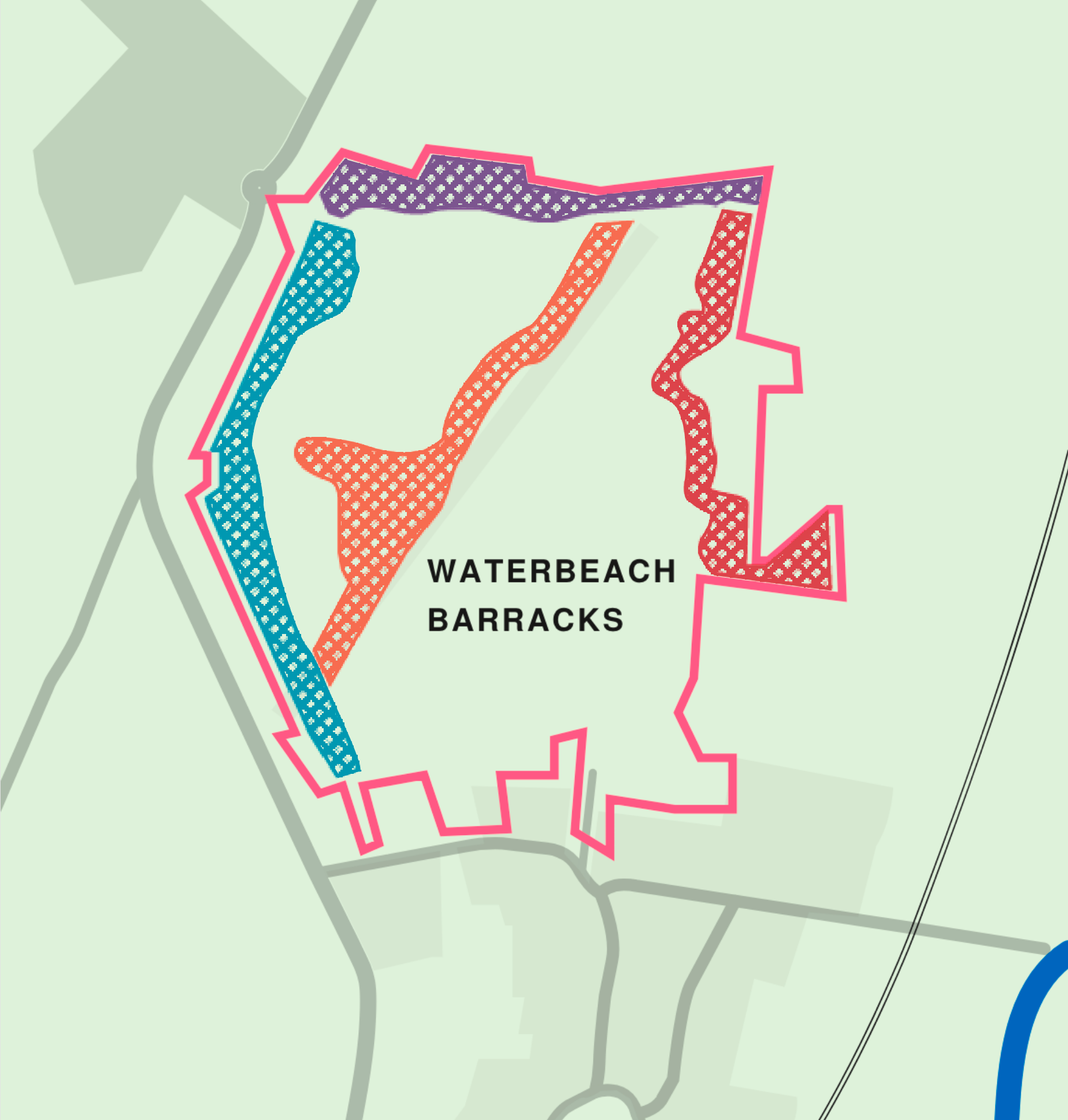
Our priority habitat areas are bigger than 60 international rugby pitches
Read about our 5 priority areas and learn more about the species that live there, from bats to brown hares.
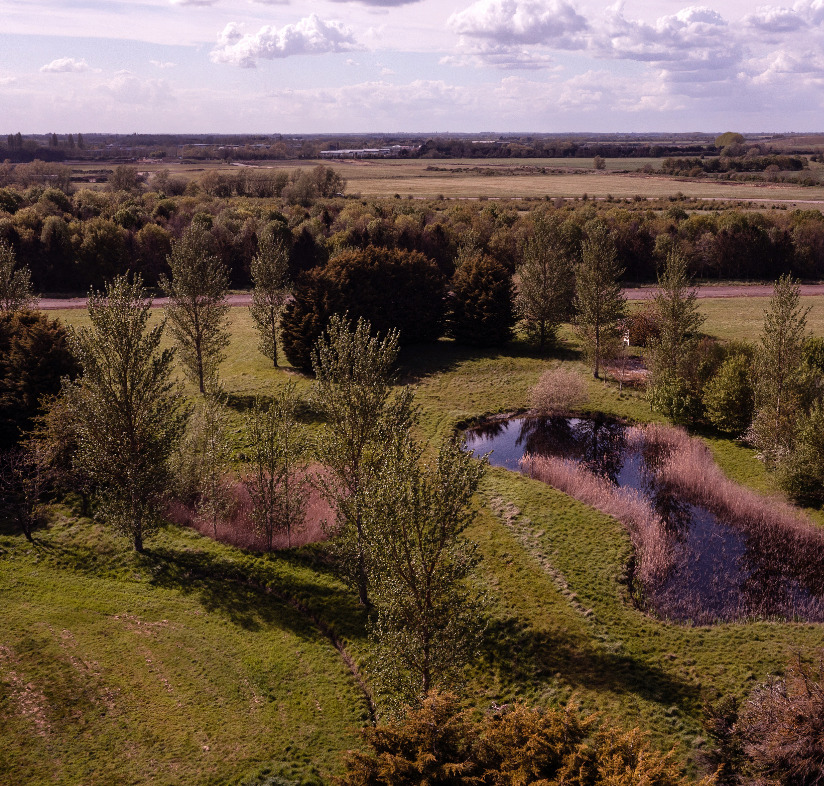
The former golf course
The former golf course is home to a diverse range of habitats, including grassland, scrub, woodland, hedges, ditches, and ponds.
The diversity of the area means it provides habitats for songbirds, wildfowl, and birds of prey. The grassland area supports a variety of wild mammals, including deer, foxes, and brown hares. Aspirations for this area include creating new habitats for great crested newts through pond creation, enhancing scrub land and providing shelter, including hibernacula. This ensures that all newts are concentrated in this area and will continue to thrive.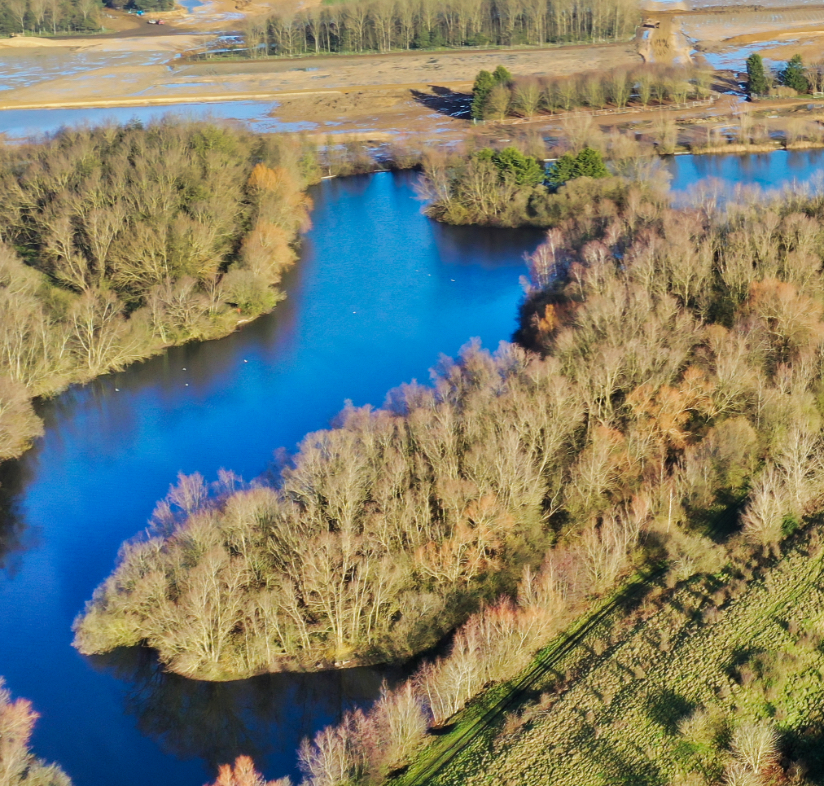
The lake and runway grassland
Beautiful and tranquil, the lakeside and runway are a patchwork of wetlands, meadows and woodland. We’re working to ensure that both people and nature can enjoy this area.
The lake comprises a diverse range of habitats that support a variety of species, including kingfishers, reptiles, bats, and amphibians.
These habitats will be enhanced through additional planting and appropriate management. The area will be carefully managed to ensure sensitive species are not disturbed. Grasslands along the former runway and on the eastern side of the lake will be retained and managed to provide habitats for reptiles, invertebrates, birds and bats.
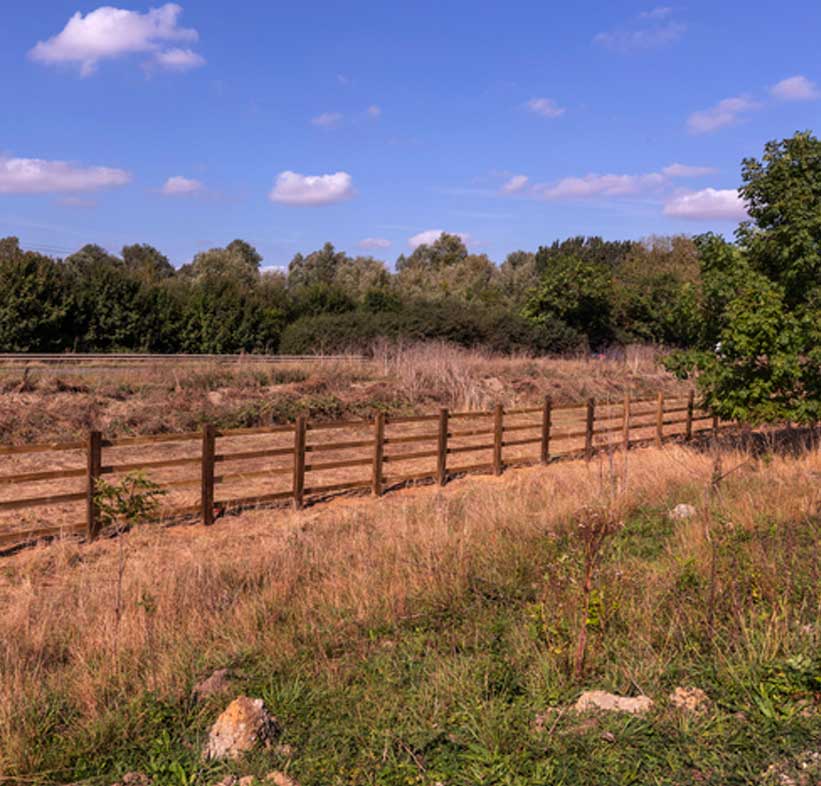
Western bund and watercourse
The western boundary of the site features a wide, grassy bund with patches of scrub and scattered trees, situated next to the historic watercourse, part of the Old Tillage Network – a local network connecting the River Cam to the Old West River and the Fens.
A patchwork of habitats, including grassland, wetland and trees, will be created in this area to benefit insects, reptiles, birds and bats. Its unshaded location and areas of sunny grassland offer good conditions for reptiles. Public use will be managed through the creation of dedicated footpaths. Connections to the northern buffer area will provide habitat corridors linking into the wider development.
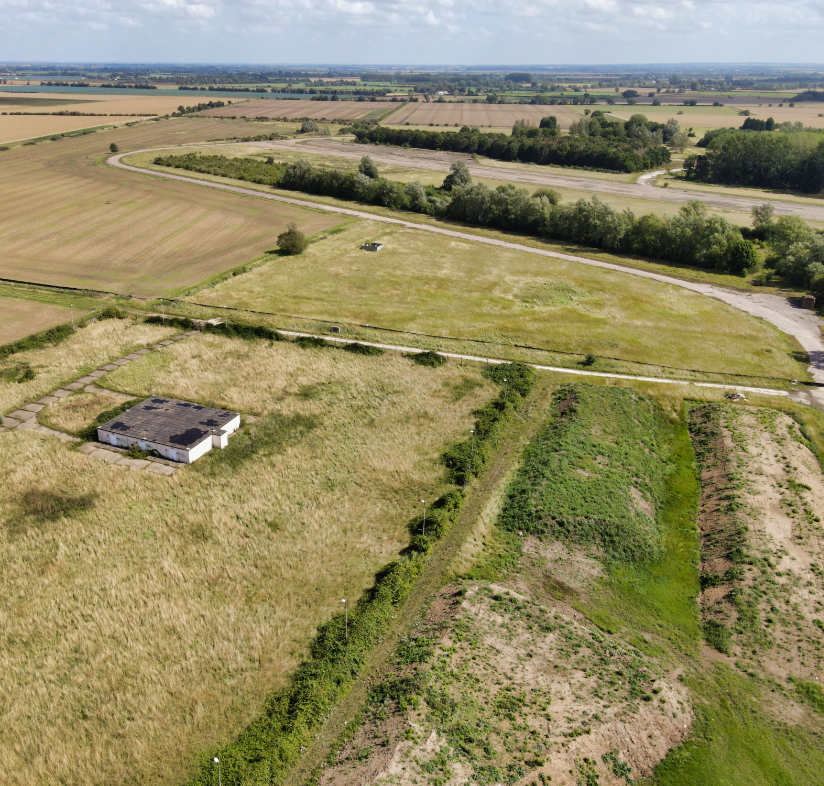
Northern buffer
A network of rough grassland, scattered trees and hedgerows that will become a large-scale habitat along the northern boundary of the site. This will allow for links to existing fields and Fenland to the north, as well as connections to other biodiversity priority areas.
Species-rich grassland will be retained and enhanced, creating habitats for lizards, butterflies, moths, bats, and birds such as skylarks, meadow pipits, and yellowhammers, as well as mammals like brown hares.
Public use will be managed to ensure that sensitive ecological areas, such as those for ground-nesting birds, remain undisturbed. Planting in this area will also provide foraging opportunities for species such as badgers and bats.
Urban ecology
Alongside the natural landscape, urban areas provide benefits for bats, hedgehogs, and urban birds, ensuring residents are never far from nature. The design will encourage harmony between nature and the new residents.
Key features of the design include bird boxes and built-in nesting features, specific nesting areas, food-providing plants, roosting features for bats, community allotments, and systems to prevent the isolation of wildlife populations, as well as safe crossing areas.
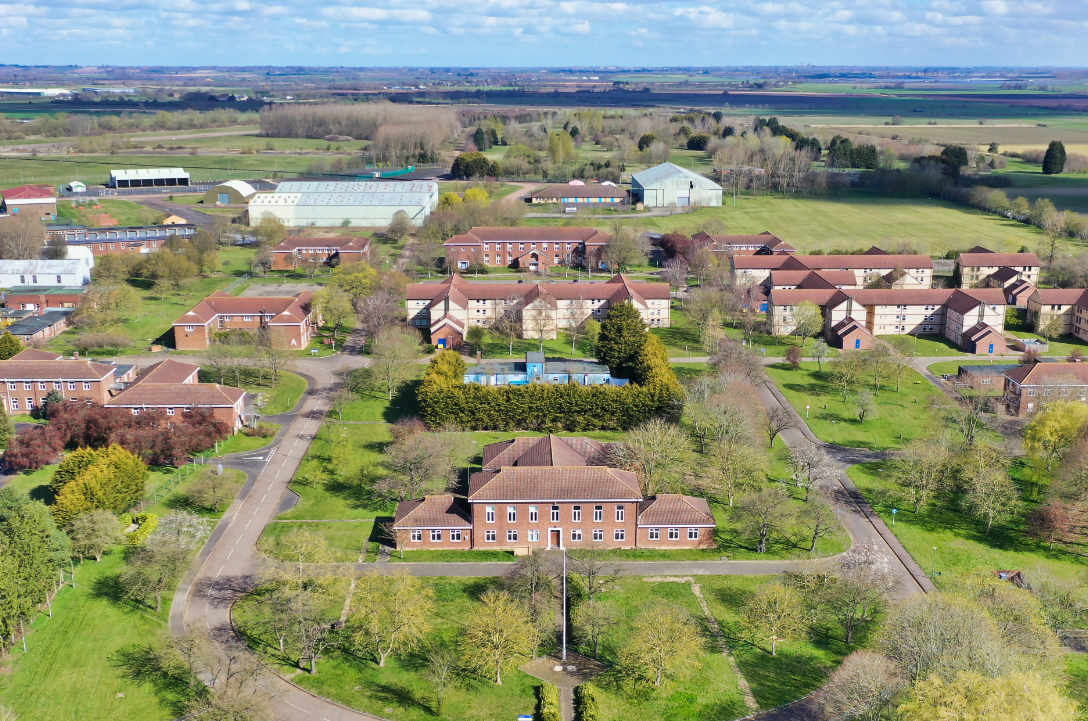
What's happening in the habitat areas right now?
Interconnected habitats
All 5 priority habitat areas as set out above, connect to each other and with other green spaces to help wildlife move about effectively, at the same time as providing wonderful routes for horse riding, cycling and walks for everyone to enjoy.
All of this is part of ensuring Waterbeach achieves a biodiversity net gain as well as being a great place to live, work or visit.